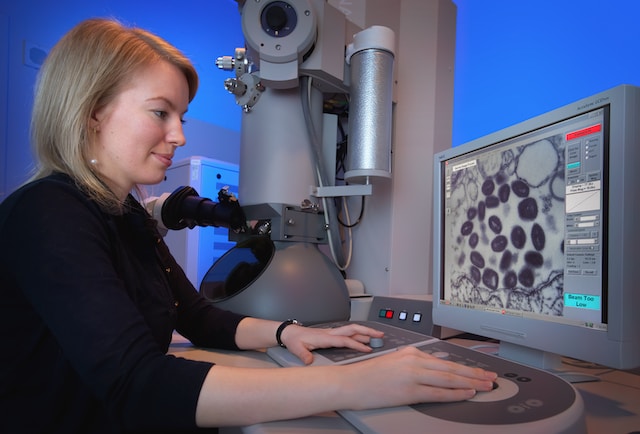Introduction:
Quantum Field Theory (QFT) and many-particle states are at the forefront of research in the fascinating world of graphene. As scientists delve deeper into understanding the complexities of this field, the potential for revolutionary advancements in materials science and quantum technologies becomes ever more promising. In this article, we embark on a journey to break down the intricacies of Quantum Field Theory and explore its connection to the emergence of many-particle states in graphene.
Quantum Field Theory: A Brief Overview
Quantum Field Theory is a theoretical framework that combines quantum mechanics and special relativity to describe the behavior of elementary particles and their interactions. It provides a powerful tool for understanding the quantum nature of fields, which are fundamental to particle physics. In the context of graphene, Quantum Field Theory allows us to investigate the behavior of electrons as excitations of the graphene field.
Many-Particle States: Unraveling the Complexity
In graphene, many-particle states refer to the collective behavior of electrons, where interactions between particles play a crucial role. These interactions can give rise to a variety of intriguing phenomena, including electron-electron scattering, electron-hole pairs, and the formation of quasi-particles with emergent properties. Understanding the complexities of many-particle states is key to unlocking the full potential of graphene-based materials.
The Role of Quantum Field Theory in Graphene Research
1. Calculating Electron-Electron Interactions:
Quantum Field Theory provides a framework for calculating and understanding electron-electron interactions in graphene. These interactions are essential for determining the electronic properties and behavior of many-particle states. By employing advanced mathematical techniques, researchers can derive equations that describe the interaction of electrons in graphene, providing insights into the collective behavior of the system.
2. Investigating Excitations and Quasi-Particles:
Quantum Field Theory enables the exploration of excitations and quasi-particles in graphene. These excitations, such as phonons and plasmons, arise due to the interaction between the graphene field and electrons. By studying their properties and behaviors, researchers gain valuable insights into the dynamics of many-particle states and their impact on material properties.
Research Techniques and Approaches
1. Computational Simulations:
Computational simulations based on Quantum Field Theory are employed to study the behavior of electrons and the emergence of many-particle states in graphene. These simulations involve solving complex equations that describe the interactions between particles, providing a virtual laboratory for investigating the system’s properties.
2. Experimental Probes:
Experimental techniques, such as angle-resolved photoemission spectroscopy (ARPES) and scanning tunneling microscopy (STM), allow researchers to directly observe the behavior of electrons and the emergence of many-particle states in graphene. These experiments provide valuable data for validating theoretical models and understanding the intricacies of quantum field effects.
Implications and Future Directions
1. Advancing Quantum Computing:
The understanding of Quantum Field Theory and many-particle states in graphene holds immense potential for the development of quantum computing. By harnessing the unique properties of many-particle states, researchers aim to design and manipulate quantum bits (qubits) that can revolutionize computing power and enable quantum algorithms to solve complex problems more efficiently.
2. Tailoring Material Properties:
Insights gained from Quantum Field Theory can guide the engineering of graphene-based materials with specific properties. By manipulating many-particle states, researchers can tailor the electronic and optical properties of graphene, opening up possibilities for applications in energy storage, sensors, and optoelectronic devices.
Opinion: A Promising Frontier
Quantum Field Theory and the study of many-particle states in graphene present a captivating frontier in scientific research. As we unravel the complexities and intricacies of these fields, we gain a
deeper understanding of fundamental quantum phenomena and pave the way for technological advancements. The fusion of theoretical investigations, computational simulations, and experimental probes offers a holistic approach to exploring the potential of graphene and pushing the boundaries of our knowledge.
Conclusion:
The study of Quantum Field Theory and many-particle states in graphene offers a captivating glimpse into the quantum world. Through advanced research techniques and interdisciplinary collaborations, scientists are gradually unraveling the intricacies of these phenomena. The implications are far-reaching, ranging from advancing quantum computing to tailoring material properties for diverse applications. As we continue to break down the complexities, the potential for transformative discoveries in this field becomes increasingly promising.




